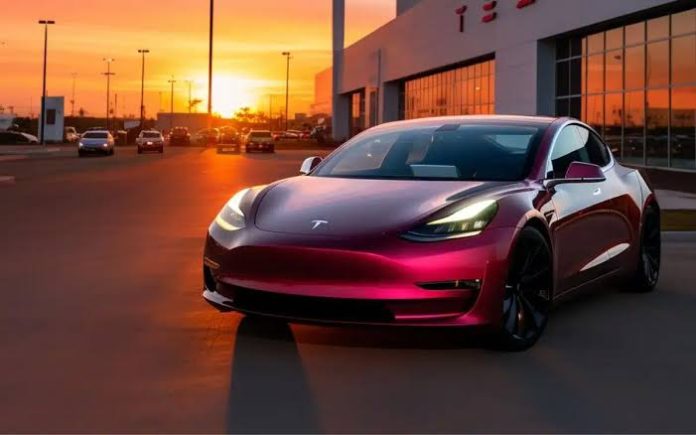In Ashlee Vance’s biography, “Elon Musk: Tesla, SpaceX, and the Quest for a Fantastic Future,” the story of Tesla Inc.’s close encounter with bankruptcy in 2013 and its subsequent rescue efforts by Elon Musk is vividly depicted. During this crucial period, Tesla, renowned for its groundbreaking electric vehicles, encountered significant production challenges, including cars plagued with issues and a sharp drop in sales.
Despite introducing the Model S electric car in 2012 with features comparable to luxury cars, it faced criticism for lacking basic functionalities expected in its price range, such as parking sensors and radar-assisted cruise control.
The challenges escalated due to a lack of transparency among Tesla’s executives, leaving Musk unaware of the severity of the situation. Upon realizing the extent of the issues, Musk took decisive action by firing senior executives, promoting eager junior staff, and recruiting talent from companies like Daimler to enhance Tesla’s repair centers. He also redirected resources to focus on selling cars urgently to convert preorders into purchases, aiming to prevent the company’s collapse.
As Tesla’s financial situation became dire, with only two weeks of operating cash left, Musk turned to Google co-founder Larry Page for assistance. Musk proposed that Google acquire Tesla for $6 billion, with an additional $5 billion for factory expansions, under conditions that included Google not dismantling the company and Musk retaining leadership for eight years or until the production of a third-generation car. Page reportedly verbally agreed to the deal, according to the biography.
However, Tesla’s circumstances began to improve significantly as car sales surged and production resumed, leading to Tesla posting its first quarterly profit of $11 million. This financial turnaround allowed Tesla to repay its loans and avoid bankruptcy. Consequently, Musk ended the discussions with Google, and Tesla has since continued to expand into markets worldwide.
While Tesla narrowly escaped being acquired by Google, the tech giant persisted in its automotive ambitions, focusing on autonomous driving and robotics technologies, eventually leading to the creation of Waymo under the Alphabet Inc. umbrella.
The account of Tesla’s near acquisition by Google underscores the unpredictable nature of the tech and automotive industries and illustrates the strategic decisions that have shaped Tesla’s trajectory into a key player in the field.


